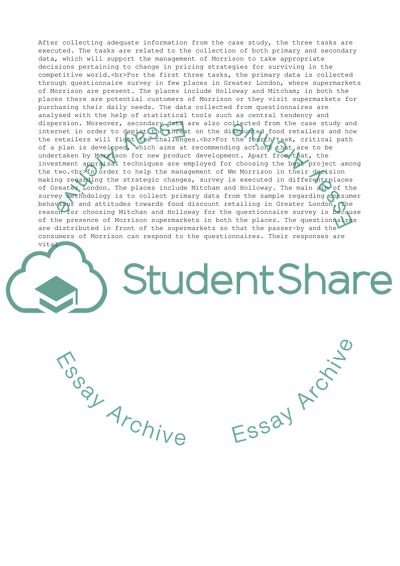Cite this document
(Business decision making Essay Example | Topics and Well Written Essays - 5000 words, n.d.)
Business decision making Essay Example | Topics and Well Written Essays - 5000 words. https://studentshare.org/management/1881888-business-decision-making
Business decision making Essay Example | Topics and Well Written Essays - 5000 words. https://studentshare.org/management/1881888-business-decision-making
(Business Decision Making Essay Example | Topics and Well Written Essays - 5000 Words)
Business Decision Making Essay Example | Topics and Well Written Essays - 5000 Words. https://studentshare.org/management/1881888-business-decision-making.
Business Decision Making Essay Example | Topics and Well Written Essays - 5000 Words. https://studentshare.org/management/1881888-business-decision-making.
“Business Decision Making Essay Example | Topics and Well Written Essays - 5000 Words”. https://studentshare.org/management/1881888-business-decision-making.


